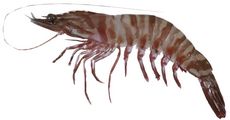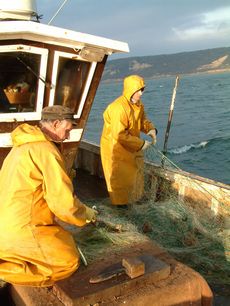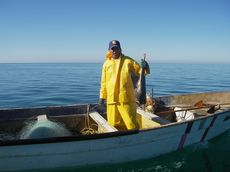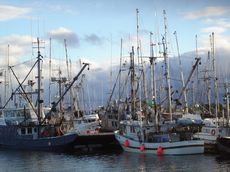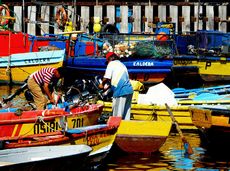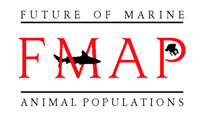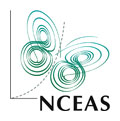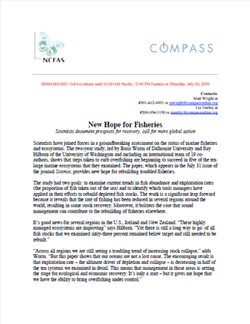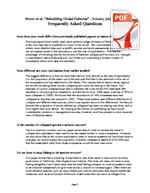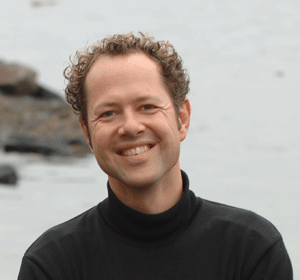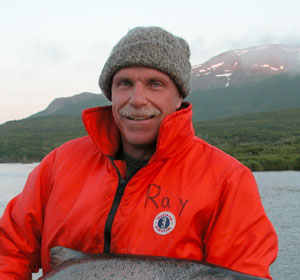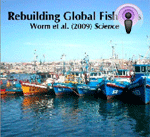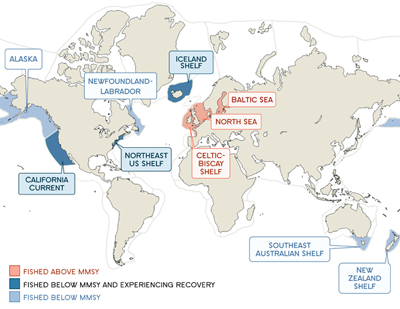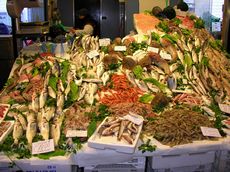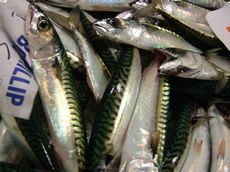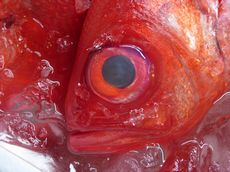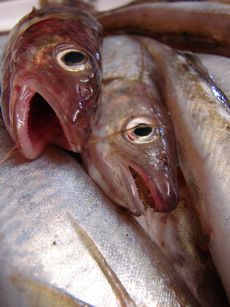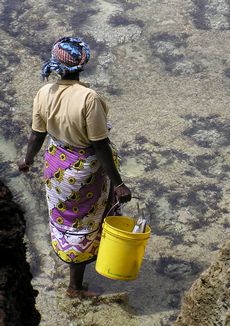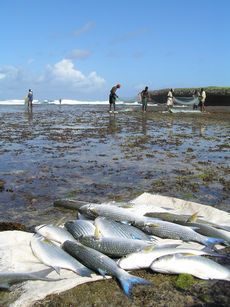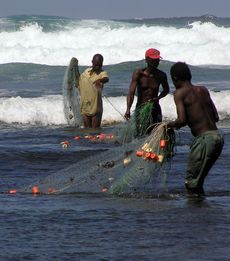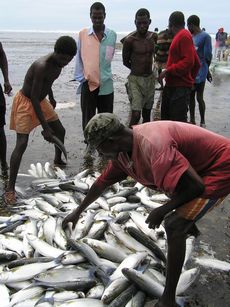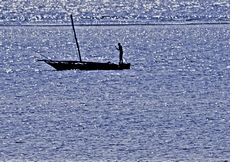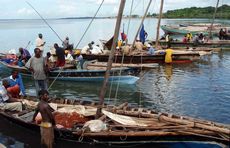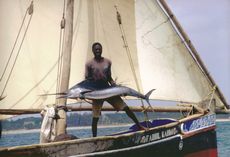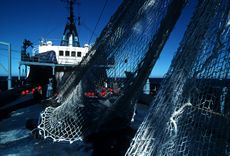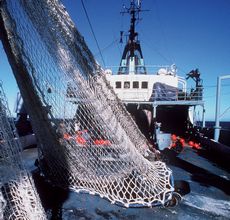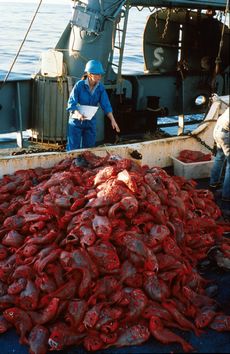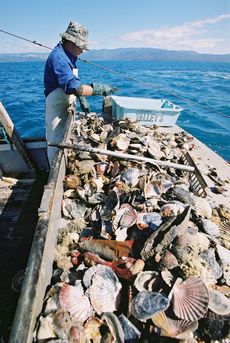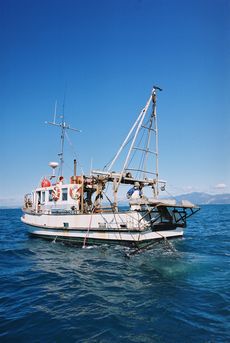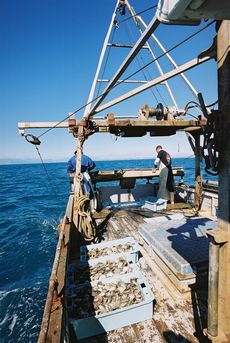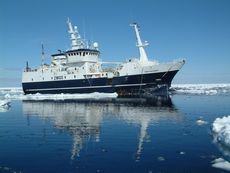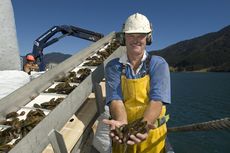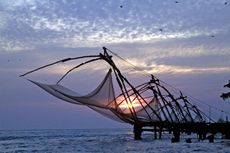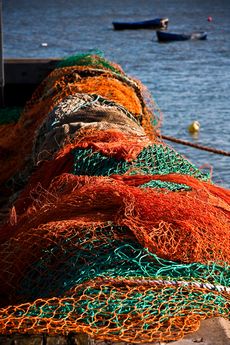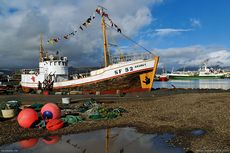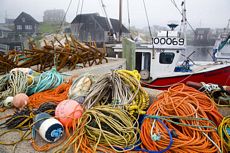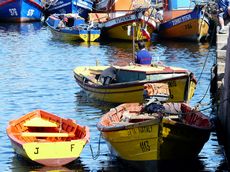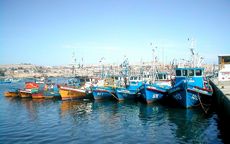Julia Baum
University of California, San Diego / Scripps Institution of Oceanography
[email protected]
|
Trevor Branch
University of Washington, WA
[email protected]
Mobile: +1 206 450 2830
Office: +1 206 221 5457
|
Jeremy Collie
University of Rhode Island, RI
[email protected]
Mobile: +1 401 782 3437
Office: +1 401 874 6859
|
Christopher Costello
University of California, Santa
Barbara, CA
[email protected]
Mobile: +1 805 450 9919
Office: +1 805 893 5802
|
Michael Fogarty
National Oceanic and Atmospheric Administration
[email protected]
Mobile: +1 774 302 0781
Office: +1 508 495 2386
|
Elizabeth Fulton
CSIRO Wealth from Oceans
Flagship, Hobart, Australia
[email protected]
Mobile: +61 4 28564183
Office: +61 3 62325018
|
Jeffrey Hutchings
Dalhousie University, Halifax, NS,
Canada
[email protected]
Office: +1 902 494 2687
|
Simon Jennings
Center for Environment, Fisheries and Aquaculture Science (CEFAS), UK
[email protected]
|
Olaf Jensen
University of Washington
[email protected]
|
Heike Lotze
Dalhousie University, Halifax,
NS, Canada
[email protected]
Mobile: +1 902 346 2112
Office: +1 902 494 3406
|
Pamela Mace
New Zealand Ministry of Fisheries,
Wellington, New Zealand
[email protected]
Mobile: +64 27 240 8262
Office: +64 4 819 4266
|
Tim McClanahan
Wildlife Conservation Society,
Mombasa, Kenya
[email protected]
Mobile: +254 734 774 225
Office: +254 725 546 822
|
Cóilín Minto
Dalhousie University
[email protected]
|
Stephen Palumbi
Stanford University, CA
[email protected]
Office: +1 831 655 6214
|
Ana Parma
Centro Nacional Patagónico,
Puerto Madryn, Argentina
[email protected]
Office: +54 2965 451024 (Int. 229)
|
Daniel Ricard
Dalhousie University, Halifax, NS,
Canada
[email protected]
Office: +1 902 494 3910
|
Andrew Rosenberg
University of New Hampshire,
NH
[email protected]
Mobile: +1 603 767 9501
Office: +1 603 862 2020
|
Reg Watson
University of British Columbia,
Vancouver, BC, Canada
[email protected]
Mobile: +61 424 019503
|
Dirk Zeller
University of British Columbia,
Vancouver, BC, Canada
[email protected]
Office: +1 604 822 1950
|
|
|
Dr. John Beddington
Chief Scientific Adviser to HM Government
Government Office for Science, United Kingdom
+44 (0) 20 3300 8553
[email protected]
|
"This is an extremely important paper which shows not only the serious problems that fisheries are
facing, but affords sensible insights into the way these problems need to be addressed, not just by
scientific input, but by political will. The importance of fisheries to the world economy is often
underestimated, but in terms of world production of livestock in agriculture, fisheries is a very
substantial proportion of that production. It is therefore imperative, in a world with an increasing
population, threatened by potential shortages of food, water and energy, and increasingly by
climate change, that we get the management of fisheries right. This paper is an important
contribution to that task."
|
Dr. Steve Murawksi
Director of Scientific Programs and Chief Science Advisor
National Marine Fisheries Service
(301) 713-2339 office
(301) 404-7619 mobile
[email protected]
|
"This study clearly demonstrates that in both developing and developed parts of the world, if
fishery exploitation rates are reduced sufficiently, species and their ecosystems have the capacity
to recover. The study drew together two scientific approaches, one focused on conservation of
marine communities and the other focused on the science of fishery population dynamics. The
result is a product that has profound importance in the design of management systems to achieve
diverse goals for conserving and using marine ecosystems."
|
Dr. Daniel Pauly
Professor, UBC Fisheries Centre and Zoology Department
Principal Investigator, Sea Around Us Project
(604) 822 1201
[email protected]
|
"This work shows very convincingly that researchers, as a rule, understand marine ecosystems and
fisheries well enough to design effective remedies to overfishing. What is mostly lacking, and
sorely needed nowadays, is the political support to apply these remedies to the many fisheries that
still operate as if there were no tomorrow."
|
Dr. Keith Sainsbury
CSIRO Wealth from Oceans Flagship in Hobart, Australia
Office: +61 417308480
Mobile: +61 362291767
[email protected]
|
"At last we have a comprehensive scientific examination of the controversy that has been reverberating for the last decade about the state of fisheries in the world. That is looking backwards. And looking forward it both opens up new ecosystem-oriented methods for scientific assessment of fisheries and provides guidance and encouragement for fishing industries and regulators."
|
